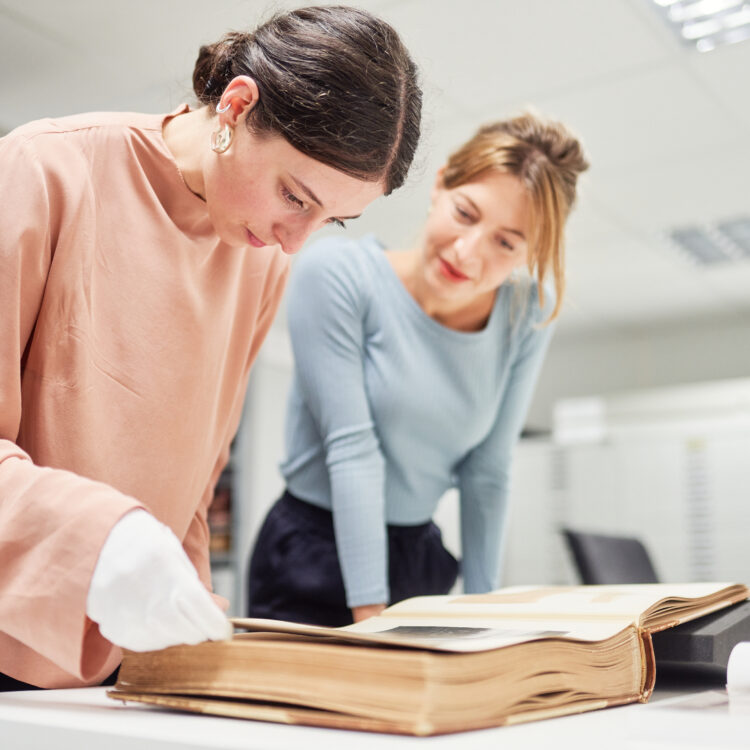This is how we work
The activities of the Krupp Historical Archive rest on six pillars: Acquisition, cataloguing, utilisation, preservation, digitalisation and communication. In this, the work of the archive must be understood as a combination of all these areas: If you want to preserve history, you first have to put it in the archive. If you want to preserve something, you have to index the contents of your collections, systematically organise and restore documents and objects. Communication is also an important part of the archive’s work: The employees of the archive bring the contents into the public discourse via lectures. Publications of its own, as well as support for external publications, are also an important responsibility of the archive.








